Emergence of Planning System in India
- Planning as a process of rebuilding economy earned worldwide public support in 1940’s & 1950’s
- There was a general consensus on one point that ‘the government’ should plan for the development, not the private sector.
- Great depression in Europe, Post WW2 reconstruction of the world + spectacular economic growth against heavy odds in the Soviet Union in the 1930s and 1940s contributed to this consensus.
| 1938 | National Planning Committee’ was established under the chairmanship of Nehru by INC. Its recommendations could not be implemented because of the beginning of the Second World War |
| 1944 | ‘Bombay Plan’ was presented by 8 leading industrialists of Bombay |
| 1944 | ‘Gandhian Plan’ was given by Narayan Agarwal |
| 1945 | ‘People’s Plan’ was given by M N Roy |
| 1950 | ‘Sarvodaya Plan’ was given by J P Narayan – based on Vinoda bhave’s philosophy |
Planning Commission (as an advisory body to the government) was set up in 1950 by a simple resolution of Government. The scope of the resolution by which Planning Commission was formed:
- Adequate means of livelihood for everyone
- Material resources of community should serve the common good
- Economic system should operate in such a way that use of ‘means of production’ and ‘wealth’ should not result in well-being of particular community and to the detriment of the society.
Like USSR, Planning Commission of India opted for five-year plan which permitted the government to focus on the larger picture and make long term intervention in the economy.
Five Year Plans – India
First Five Year Plan: 1951 – 56
- Was based on Harrod – Domar Model of development
- Rapid development of agriculture in order to move towards food self-sufficiency.
- Addressed mainly the agrarian sector including investment in dams and irrigation
- Due to the bitter Partition, Agricultural sector was hit hardest and needed urgent attention
- Also focused on land reform for the country’s development
Second Five Year Plan: 1956 – 61 (Mahabolis plan)
- Thrust on heavy industries – industrialization.
- Advocated huge imports which led to emptying of funds leading to foreign loans
- Deficit financing started in this plan → government funding of spending by borrowing
- Price level increased by 30%, against a decline of 13% during the First Plan
Focus – Basic & heavy industries such as iron & steel, heavy chemicals like nitrogenous fertilizers, heavy engineering and machine building industry.
Third Five Year Plan: 1961 – 66 – Defence & Price stabilization
- Aim was to make India a ‘Self – Reliant’ and ‘Self – Generating’ Economy
- Panchayat elections started.
- Based on the experience of first two plans, agriculture was given top priority to support the exports and industry.
- Complete failure in reaching the targets due to unforeseen events – Chinese aggression (1962), Indo-Pak war (1965), severe drought 1965-66
Three Annual Plans (1966 – 69) – Plan holiday for 3 years
- Prevailing crisis in agriculture and serious food shortage
- Green revolution & introduction of HYVs
- Nationalization of 14 banks in 1969
Fourth Five Year Plan: 1969 -74 – Growth, Stability & self-reliance
- Growth with stability & social justice → progress towards self – reliance
- Main emphasis on agriculture’s growth rate so that a chain reaction can start
- Had to tackle the influx of Bangladeshi refugees before and after 1971 Indo – Pak war
- Gadgil formula applied for center’s assistance to states
- Pokhran nuclear test
Fifth Five Year Plan: 1974 – 79 (DD Dhar Garibi Hatao) – Poverty elimination & self-reliance
- Drafted by DD Dhar with an aim to Removal of Poverty’ (Garibi Hatao) and ‘Attainment of Self Reliance’, through promotion of high rate of growth.
- National Program of Minimum needs was initiated viz. Primary Education, Drinking Water; Medical facilities in rural areas, Food, Land for Landless Laborers, Rural Roads, Rural Electrification etc.
- The plan was terminated in 1978 (instead of 1979) when Janta Government, came to power.
Sixth Five Year Plan (1980 – 85)
- Focus was on increase in national income, modernization of technology.
- Ensuring continuous decrease in poverty and unemployment
- Population control through family planning, National highway launched etc.
Seventh Five Year Plan (1985 – 90)
- Aimed at rapid growth in food-grains production & increased employment opportunities
- Targeted productivity within the framework of basic tenants of planning
- It was a great success, the economy recorded 6% growth rate against the targeted 5%.
Eighth Five Year Plan (1992 – 97)
- Focus areas → Human development + Industrial modernisation + Population control.
- The eighth plan was postponed by two years because of political upheavals at the Centre.
- it was launched after a worsening Balance of Payment position and inflation during 1990 − 91.
Objectives – Liberalization, Privatization & Globalization, together, defined the framework of new policy regime of radical reforms with market driven paradigm of development – emphasized high growth and employment generation.
Ninth Five Year Plan (1997 – 2002)
- Focused on generating employment
- Providing food security to everyone
- Continued liberalization
Tenth Five Year Plan (2002 – 2007)
- Focus areas → Education + Health + Environment
- Reduction of poverty and creation of additional gainful employment
- Agricultural development universal primary education
- Reduction in infant and maternal mortality rates accorded high priority
Eleventh Five Year Plan (2007 – 2012)
- Focus areas → Education + Health + Environment + Infrastructure
- Emphasized the need for focusing on ‘inclusive growth’ i.e.
- rapid growth that reduces poverty and creates employment opportunities
- provides access to essential services in health and education especially for the poor
- empowerment through education and skill development.
Twelth Five Year Plan (2012 – 17)
- Objective → Faster, More inclusive & sustainable growth
- Target – GDP (9%) + Agriculture (4%) + Mfg (10%)
- 10% reduction in property than the rate at the end of 11th plan+ 50 million new jobs
- Reduce IMR to 25; MMR to 1 + Increase Child Sex Ratio to 950 + Reduce Total Fertility Rate to 2.1

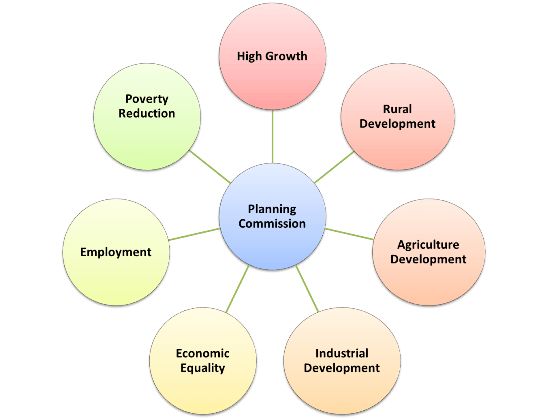
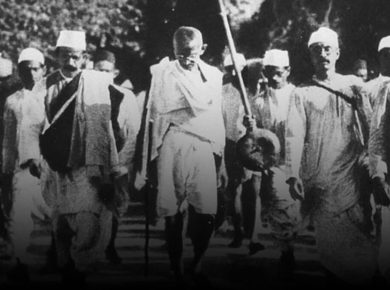
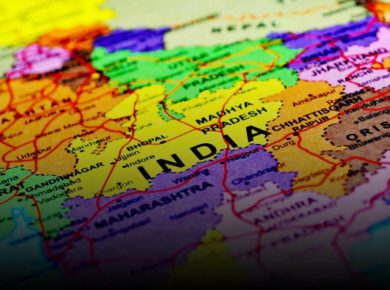

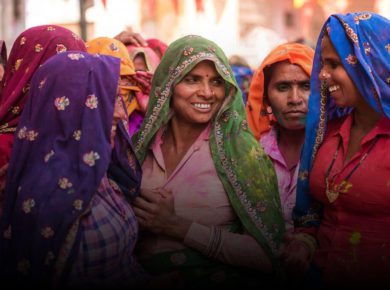

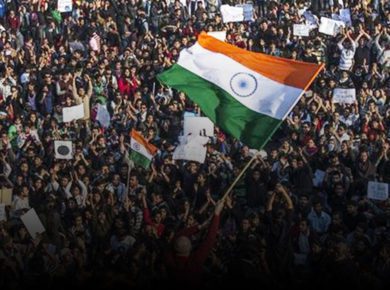



1 comment
Nice article, useful information shared thanks.